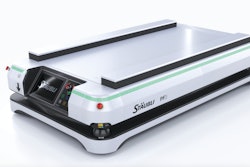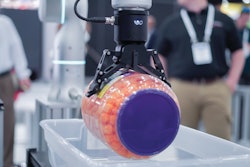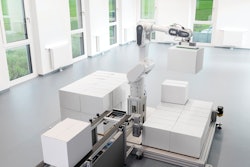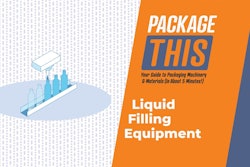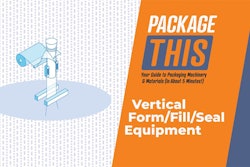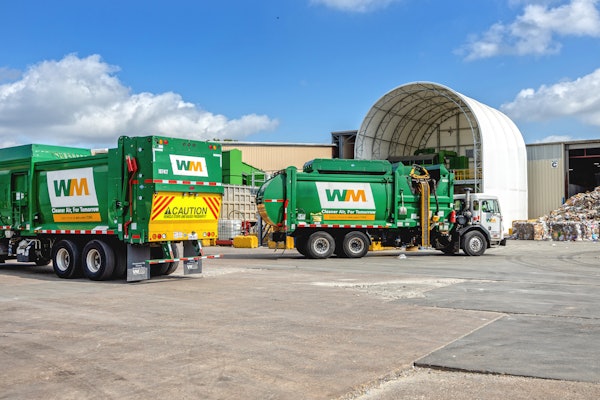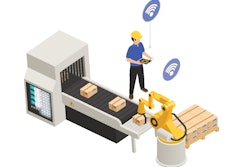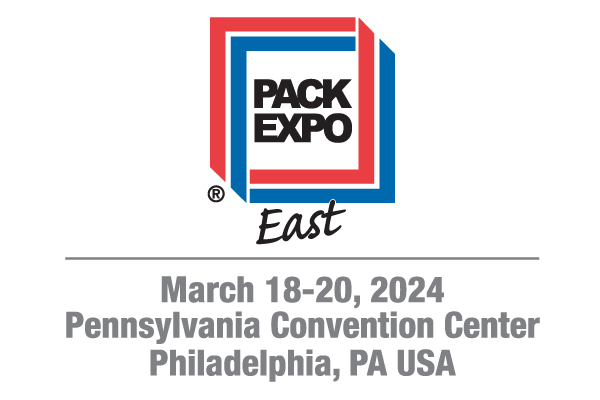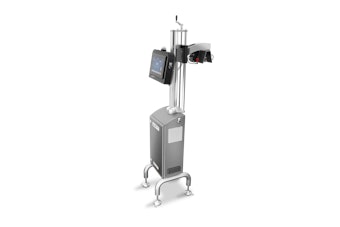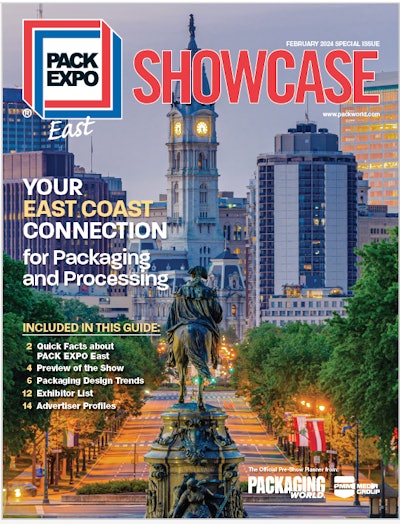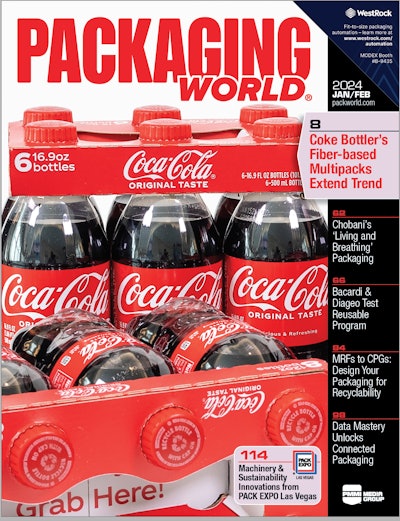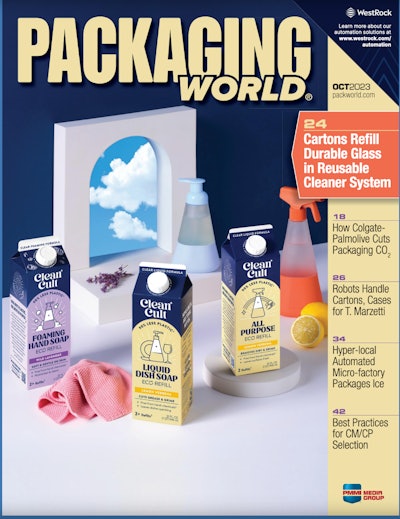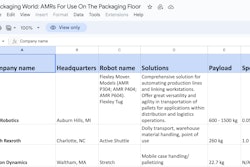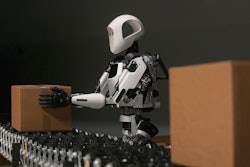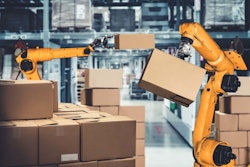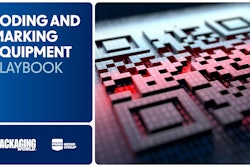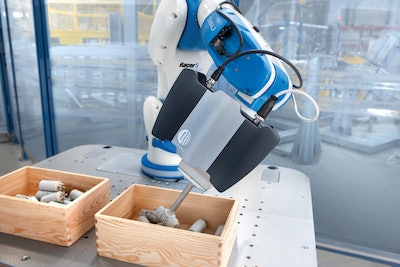
In addition to labor shortages, COVID drove another significant industry trend that continues to influence the development of new robot technologies—the rise of e-commerce. Reported one article from the International Federation of Robotics, “The e-commerce revolution was driven by the pandemic and will continue to accelerate … . There are thousands of robots installed today that did not exist in this segment just five years ago.”
 Packaging Robotics: Bastian Solutions’ SmartPick robotic piece-picking solution
Packaging Robotics: Bastian Solutions’ SmartPick robotic piece-picking solution
According to Bastian, the SmartPick enables 99%+ order accuracy while operating at or above manual picking speeds of 500 to 1,000 picks/hr, depending on the cell layout. The system can handle packaging that includes cuboids, cylinders, collapsible tubes, blister packs, polybags, and clamshells as well as cartons, bags, loose products, and other formats.
A fully automated order fulfillment solution consists of a GTP industrial robot, an AI vision system, a takeaway conveyor with automated labeling and checkweighing, and warehouse software to control the entire process.
The system works as follows:
· When an order is received, the warehouse software communicates with the GTP system to deliver the bin containing the ordered item to the robot-operated GTP workstation.
· The robot’s AI and vision platform identifies the SKU(s) needed for the order, then selects the “most pickable” product.
· The vision platform directs mechanical controls to manipulate the robotic arm and EOAT to pick an item without encroaching on other objects or the tote walls.
· The robot retracts from the bin and places the object in a secondary shipping carton, after which it’s ready for another pick-and-place sequence.
· As the robot picks different object shapes, dimensions, and surfaces, it continues to learn and improve on how to identify and pick objects in different positions. In a case where an item can’t be picked in the first few attempts, the AI vision system determines whether the object’s orientation should be changed, and it will jostle the item to expose a different surface and try to pick it again.
· When the order is complete, the container is transported via the takeaway conveyor for further outbound processing such as checkweighing with in-line scales to ensure order accuracy and automated labeling to attach a shipping label.
Because it’s equipped with AI and machine vision, Bastian Solutions’ piece-picking robots do not require the operator to be trained or have programming skills to handle current products or new product integration. As new products are introduced, the AI software builds a library of objects it has seen and handled over time, along with optimal picking information. The AI and vision platform directly interfaces with Bastian Solutions’ Exacta intralogistics software, a scalable, modular system that acts as an interface between automation, operators, and other processes to communicate product data and order fulfillment information.
 Packaging Robotics: The MI.RA (Machine Inspection Recognition Archetypes)/Picker from Comau
Packaging Robotics: The MI.RA (Machine Inspection Recognition Archetypes)/Picker from Comau
Through the use of 3D vision technology, dual sensors, and an intuitive programming interface, the system can handle single or multiple bins containing unorganized, rigid parts whose orientation and arrangement are unpredictable. Says Comau, “Because products can be dumped in bins instead of placed in an orderly manner, the MI.RA/Picker reduces upstream process times while ensuring a simplified logistics flow without singularization of the parts or rigid fixtures.”
It adds, “We believe, based on internal estimates and supporting market research, that the random bin and piece-picking market could reach $1.2 billion by 2025, with a compound annual growth rate of 76% from 2019 to 2025. In this light, our novel approach to intelligent random bin picking for machine tending, pick-and-place, and kitting operations among others will undoubtedly help our customers increase both their process quality and production capacity.”
 Packaging Robotics: Fortna’s goods-to-robot system (GTR)
Packaging Robotics: Fortna’s goods-to-robot system (GTR)
The system uses Fortna integration and advanced robotic technologies, including mobile-enabled case storage and retrieval and pick-and-place. In addition to design, installation, and validation by Fortna, the system is powered by a warehouse control system (WCS) and warehouse execution system (WES) that integrates the various automated components and robotics technology to work as a smart system.
 | Watch this related video, “The Automation Revolution: Robots Revolutionizing Packaging and Processing Tasks.” |
During operation, a zero-pressure accumulation conveyor from Fortna feeds totes to and from the order fill station. Mobile robots transport totes between storage and a piece-picking robot. The robot picks each item for the order from a source tote, packs it, and signals to the WCS/WES that the conveyor can move the completed order to the outbound location. The robotic arm uses vision, grasp intelligence, and dynamic path planning to autonomously pick items cleanly and consistently, without colliding with the tote or being unable to pick all items in the tote.
 Packaging Robotics: Mujin’s QuickBot (QB) robot cell for case handling
Packaging Robotics: Mujin’s QuickBot (QB) robot cell for case handling
As with all of Mujin’s automation solutions, the QB is powered by the company’s intelligent robot controller, the MujinController. It allows for advanced perception and real-time motion planning, allowing for on-the-fly case recognition. As a result, the QuickBot can manage real-world scenarios for both single- and mixed-SKU pallet loads without prior teaching or information from external systems. The QB arm is equipped with a universal, heavy-payload gripper to meet the physical requirements of general warehouse tasks.
 | Read this related article, “D2C Zenni Optical Eyes Robotic Order Fulfillment Automation.” |
As its name might suggest, one of the most defining features of the QuickBot is that it can be deployed quickly. After forklifting the QB into place at their booth at the AMR show, Mujin claims that it took less than three hours to have the unit clearing pallets.
Says Mujin CEO and co-founder Ross Diankov, “In today’s day and age, a lot is demanded of robot automation systems. They need to be highly reliable, have high throughput, and—of foremost importance—they need to deploy quickly, so that businesses can enjoy the return on investment from day one.”
Among the QB’s quick-deployment features, it easily uncrates and can be transported via forklift to the installation location, everything is preinstalled on a large metal baseplate, so no drilling is required, and the safety system is preinstalled and ready to go upon arrival. In addition, a pneumatically driven, telescoping vision stand makes it easy to raise the vision system to the proper height, while the conveyor is on a rail with adjustable height and pulls out to connect to an existing conveyor. Furthermore, no system-level integration is needed to operate the QB.
Also at the show, Mujin announced a partnership with Formic, a Robotics-as-a-Service (RaaS) provider, that will make the QB available through the RaaS model.
 Packaging Robotics: Osaro’s SightWorks software
Packaging Robotics: Osaro’s SightWorks software
The new SightWorks software enables robots to see, perceive, grasp, and perform tasks previously done solely by humans. According to the company, the combination of its vision software and an array of associated sensor and camera technologies provides the foundation for a wide variety of systems. In depalletization, for example, Osaro’s robot can recognize and handle not only mixed cases, but also foreign objects, such as box cutters or tape dispensers, on boxes stacked on a pallet. The system knows to stop and alarm until the items are removed. The same is true for damaged boxes that might break open if lifted.
Shares Jay Dugat, CEO of automation OEM Robotica Inc., “We needed an automated depalletizing function to complete an end-to-end offering for our decanting technology. Our DePal product, powered by Osaro, handles mixed pallets and will directly deploy our ABOT box-opening technology, providing an automated turnkey solution. Osaro was chosen after a hands-on evaluation of various solutions. We went with Osaro because of less sensitivity to variance in ambient lighting and the ability to distinguish challenging packages with high confidence.”
Osaro’s software is said to integrate reliably with other warehouse automation technologies through its modular RESTful API (application programming interface), which allows integrators to choose commands in a variety of blocks, so actions can be readily strung together in different ways. The software also tracks performance with built-in monitoring that assesses and optimizes the performance of the system. Osaro says that the use of its vision software can shorten order cycle time, speeding delivery and improving order accuracy. PW
 | Read Packaging World’s complete robotics report, “Robots 2023: Smarter, More Adaptable & More Robust.” |
